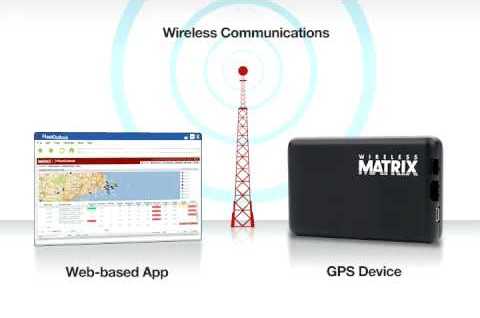Despite Management Shakeup, Versant’s Liston Still Lukewarm on Wireless Matrix

Two other Wireless Matrix directors, Neil MacKenzie and David Magus, have resigned and will be replaced by three new directors; Bryan Boyd, Rick Myers and Paul Nimigon. The board says it will look for a new CEO and that for ninety days, Carlson will stay on to help the transition.
In a research update Tuesday, Versant analyst Tom Liston says the move probably came about because of “frustration with the
company’s inability to grow revenue.” But Liston says the move is neither a negative or a positive as it is unlikely any significant changes will come about to spark topline growth. Liston is maintaining his Neutral rating on the stock and $.75 cent target.
_____________________________________________________________________________________________________________________
This story is brought to you by Serenic (TSXV:SER). Serenic’s market cap of $3.18 million (as of January 27th, 2012) was less than its cash position of $4.03 million (as of Q2, 2012). The company has no debt. Click here for more information.
_________________________________________________________________________________________________________________
For a decade, Wireless Matrix revenue and stock chart have moved in lockstep, which is to say they haven’t really moved much at all. The company got its start in 1991, first in the satellite communications business, later developing broad wireless expertise supplying corporate internet access and data services to businesses. In 2006, the company applied what it had learned to the fleet management space with its FleetOutlook, a vehicle tracking and reporting application.
The company’s 2006 revenue of $24.9 million has improved, but not by much. Fiscal 2011’s topline was $34.6 million, and the company lost $3.5 million. Management, however, said 2011 was a year of “significant restructuring” and resulted in “tangible evidence of an improved business model as a result.” One initiative was to focus more on small and medium sized businesses, which now contributes a quarter of the company’s application business revenue.
Liston believes Wireless Matrix revenue will remain relatively flat, climbing to just $34.2-million by fiscal 2013. His target price is based on ten times his projections of fiscal 2013’s EV/EBITDA, a metric that compares the value of a business, minus its debt, to earnings before interest.
Shares of Wireless Matrix closed today even at $.70 cents.
______________________________________________________________________________________________________________________
______________________________________________________________________________________________________________________
Nick Waddell
Founder of Cantech Letter
Cantech Letter founder and editor Nick Waddell has lived in five Canadian provinces and is proud of his country's often overlooked contributions to the world of science and technology. Waddell takes a regular shift on the Canadian media circuit, making appearances on CTV, CBC and BNN, and contributing to publications such as Canadian Business and Business Insider.


